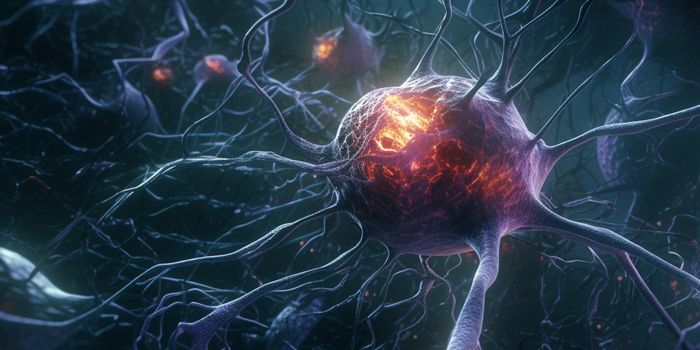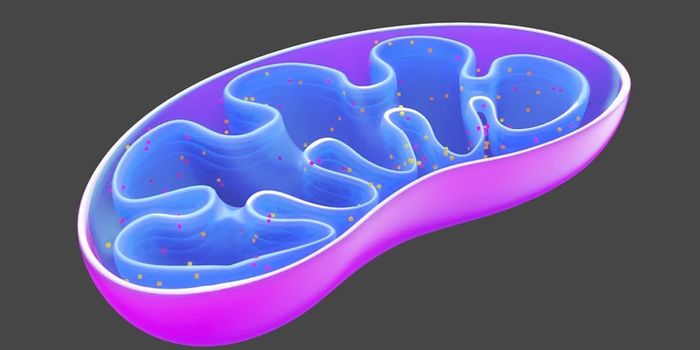The Dark Heart of the Human Genome Carries Ancient DNA
Our genome is packaged into chromosomes, and at their center are centromeres (shown in the video), where the arms of the chromosome pinch together, forming the familiar x shape. Centromeres perform critical functions during cell division and have been thought to have little participation in the recombination that shuffles different parts of the genome. They contain highly repetitive sequences, and it has been extremely challenging for researchers to sequence every part of these regions accurately.
"It's the heart of darkness of the genome, we warn students not to go there," said Charles Langley, professor of evolution and ecology at UC Davis.
Researchers Sasha Langley and Gary Karpen at the Lawrence Berkeley Laboratory and Karen Miga at UC Santa Cruz worked with Langley on the hypothesis that chunks of the genome that tend to be inherited together, called haplotypes, may be present in centromeres. Centromeres have to help get chromosomes properly aligned, so very little change happens in their sequences, reasoned the scientists. Ancient genetic sequences may have been passed down over many generations because they were in centromeric regions.
The scientists first looked to a common genetic model, the fruit fly, and confirmed that centromeric haplotypes they termed cenhaps were indeed present in the fly. They used single nucleotide polymorphisms that were passed down through generations and mapped to cenhaps. The findings have been reported in eLife.
Langley noted that if centromeres can be used to differentiate between chromosomes, scientists can use that to ask more important questions. They will be able to investigate evolutionary descent and ancestry, as well as how frequently various cenhaps are transmitted, or if any have a higher likelihood of errors, for some examples.
After studying human genome data in the 1000 Genomes Project, they identified haplotypes that spanned the centromere of every human chromosome. The X chromosome was found to carry several haplotypes that are thought to have originated half a million years ago. In non-African genomes, there were several highly diverged haplotypes in chromosome 11 that come from Neanderthals. These cenhaps date back to the time that Neanderthals and other human ancestors diverged - 700,000 to one million years ago. Chromosome 12 also carried an ancient haplotype, which seems to be from an as-yet-undiscovered relative of humans.
It’s possible that the ancient haplotype on chromosome 11 is having some impact on the modern human sense of smell. People carry around 400 genes that code for odor receptors and 34 of those genes are located in the cenhap on chromosome 11. Around half of the differences in odor receptors come from the Neanderthal and another ancient cenhap.
The video above explores the genetic sequence of the centromeric region, and a translation of the code shows how repetitive it gets.
Sources: AAAS/Eurekalert! via UC Davis, eLife








